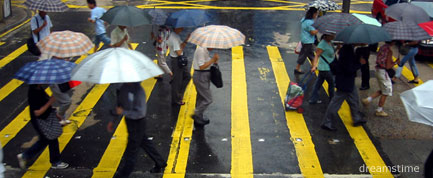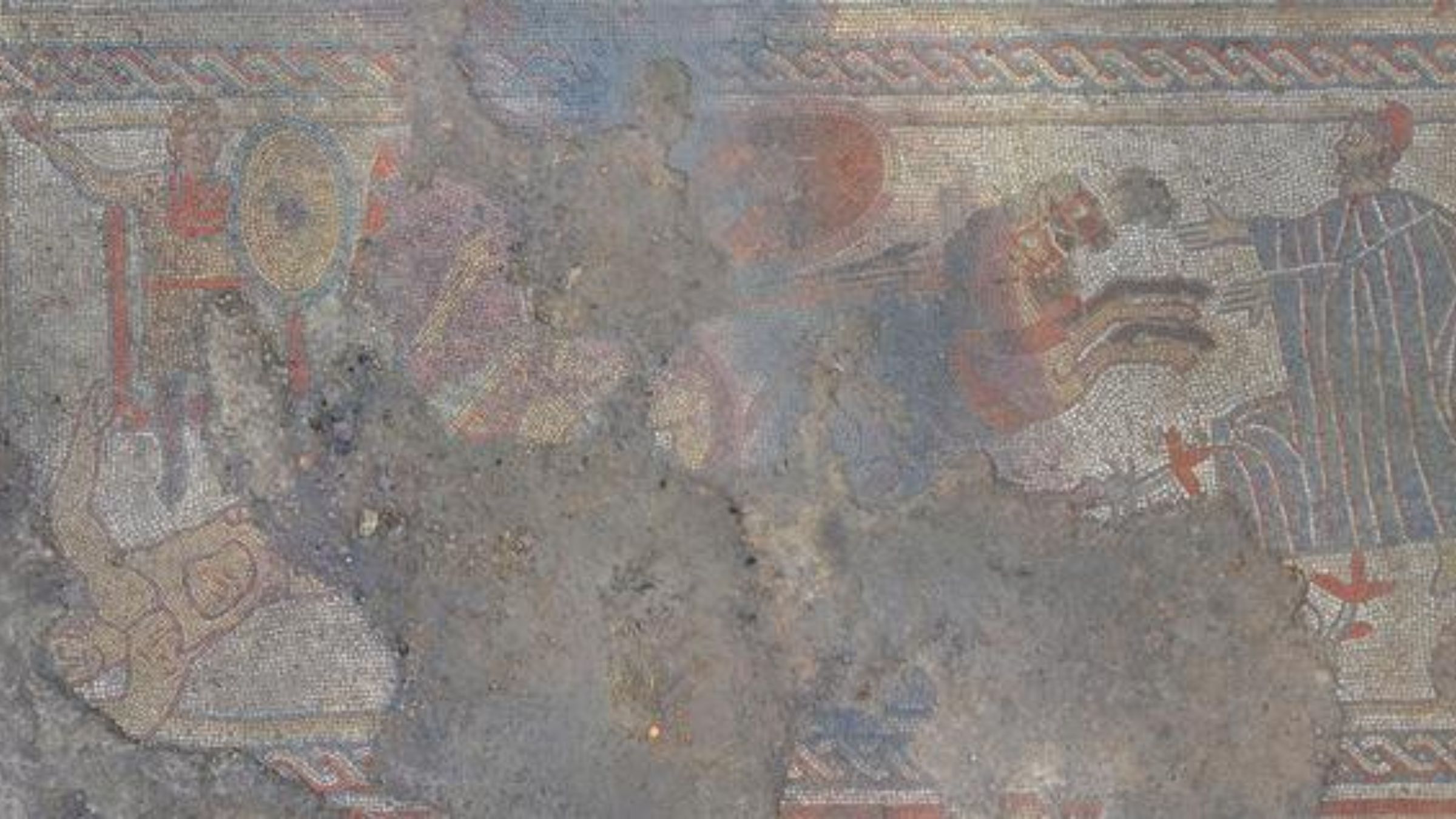Rainy Weather Forecasts Misunderstood by Many

News to you? Take the poll below.
To bring an umbrella or not to bring an umbrella? That’s the perennial question on those days where the chance of rain is less than 100 percent.
But only half the population understands what a precipitation forecast means well enough to make a fully informed answer, a new study finds.
If, for example, a forecast calls for a 20 percent chance of rain, many people think it means that it will rain over 20 percent of the area covered by the forecast. Others think it will rain for 20 percent of the time, said Susan Joslyn, a cognitive psychologist at the University of Washington who conducted the study.
The reality: "When a forecast says there is a 20 percent chance of rain tomorrow it actually means it will rain on 20 percent of the days with exactly the same atmospheric conditions," Joslyn explained.
Put another way, on that day there's an 80 percent chance there will be no rain anywhere in the forecast area.
To test people's understanding of these precipitation forecasts (known as probability of precipitation and used in public forecasts since the late 1960s), Joslyn and her colleagues tested more than 450 Pacific Northwest college students in a series of experiments.
Get the world’s most fascinating discoveries delivered straight to your inbox.
The first experiment evaluated forecasts of either a low or a high percentage chance of precipitation accompanied by a series of icons, or "precipicons," that were visual representations of the chance of rain. The precipicons included the familiar cloud symbols used by many forecasting outlets, as well as pie charts and bar graphs.
Each student only saw one icon and forecast, and filled out a questionnaire.
Two of the questions asked for how long it would rain and over what areas. Only 43 percent of the students correctly responded with the choice "can't tell from this forecast."
Those who responded incorrectly were more likely to say they'd wear a jacket or bring an umbrella, suggesting they thought it was definitely going to rain.
In another experiment, the participants saw one of three forecasts: One had the typical chance of rain; the second had the chance of rain and the chance of no rain; and the third had a pie chart below the chance of rain.
This time, 52 percent of the students correctly interpreted the forecast, and the odds of incorrectly judging the forecast were lower when the chance of no rain was included.
Joslyn said that the research, funded by the National Science Foundation and detailed in the Bulletin of the American Meteorological Society, shows the difficulty of making decisions where uncertainty is involved. People find it easier, she said, to simplify the situation to a single outcome: that it will definitely rain, but not for the whole day or the whole area.
And understanding of how forecasts are interpreted could be useful to government officials who have to decide on school closings, road closures and other potentially expensive measures.
- Video – Unusual Clouds
- The World's Weirdest Weather
- Quiz: Global Weather Extremes
<a href="http://answers.polldaddy.com/poll/1554252/" >We expect LiveScience readers are a bit smarter than the average bear. But be honest, was this news to you?</a> <br /> <span style="font-size:9px;"> (<a href="http://www.polldaddy.com"> online polls</a>)</span>



